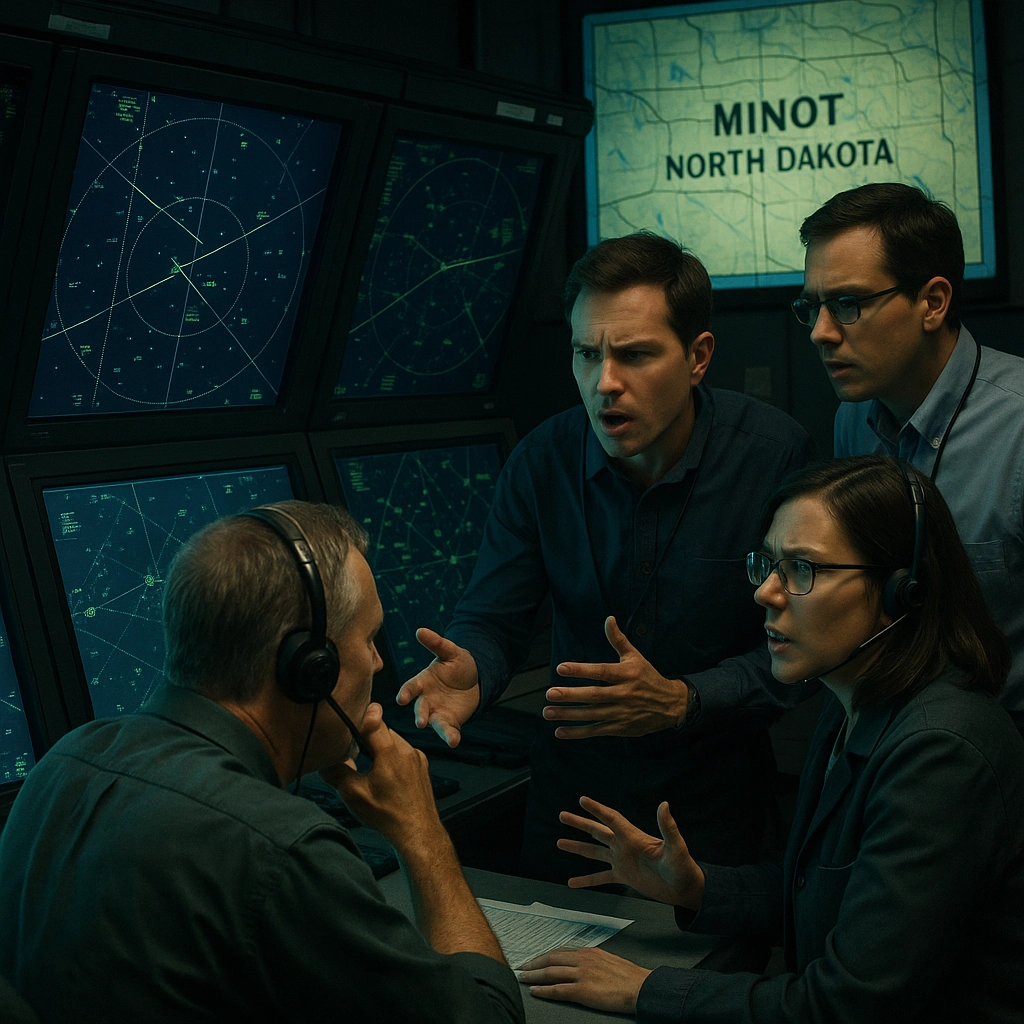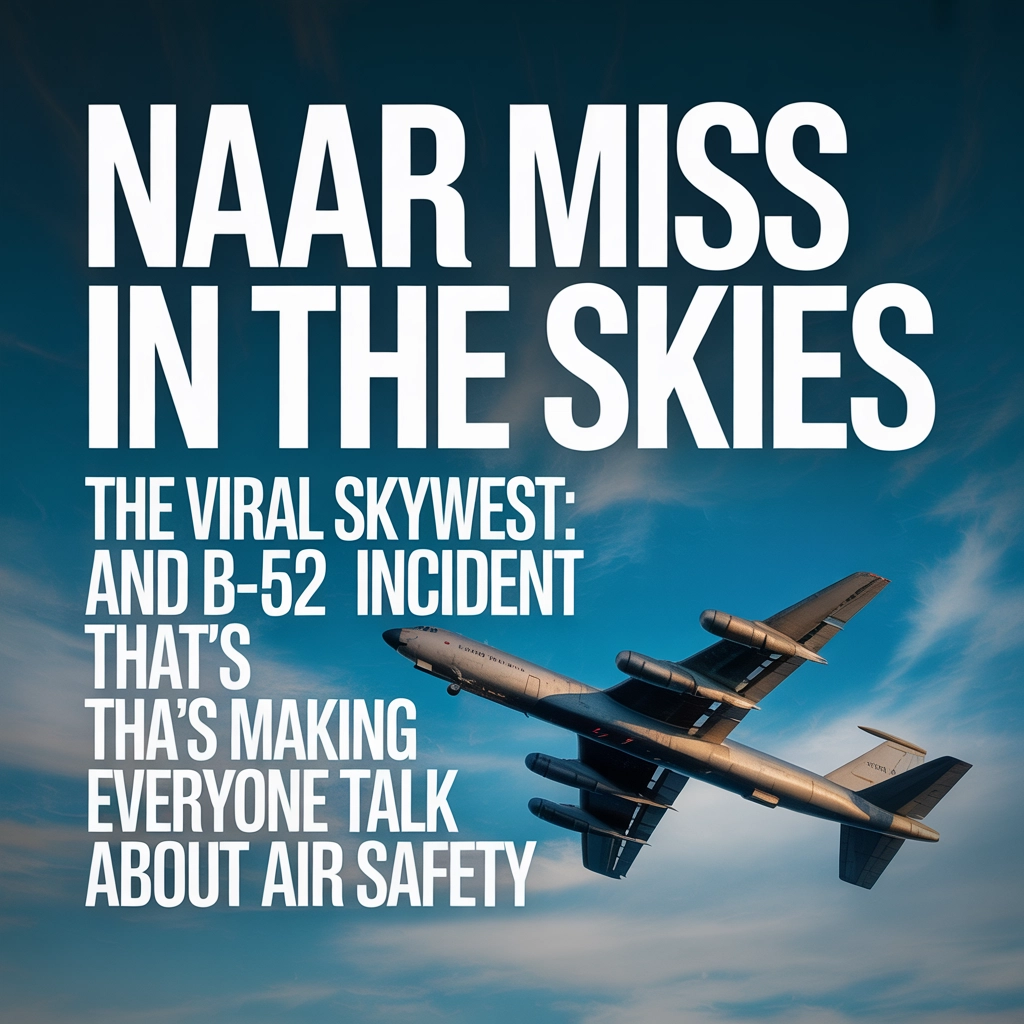slug: skywest-b52-near-miss-minot-air-safety
“Why Did Our Plane Just Swerve?”: Inside a Viral Midair Close Call
Imagine you’re sitting in a window seat, snacks out, making lazy circles in a crossword puzzle as the familiar “Prepare for landing” chime goes off. Then suddenly, the aircraft banks so sharply you see nothing but grass through the window and people gasp.
That’s what happened to the 76 passengers aboard SkyWest Flight 3788 on July 18, 2025, as they descended into Minot, North Dakota. Just as the Embraer E175 regional jet was closing in on the runway, its pilot spotted something that sent a jolt through the cockpit—a behemoth U.S. Air Force B-52 bomber barreling through the same patch of sky.
With only seconds to react, the SkyWest pilot jerked the controls to the right in a move that was later described as “aggressive” and “very not normal.” The move worked. Disaster was averted. But as details of the near-miss and a recording of the pilot’s candid apology went viral on Reddit, internet sleuths, aviation fans, and nervous travelers everywhere started demanding answers.
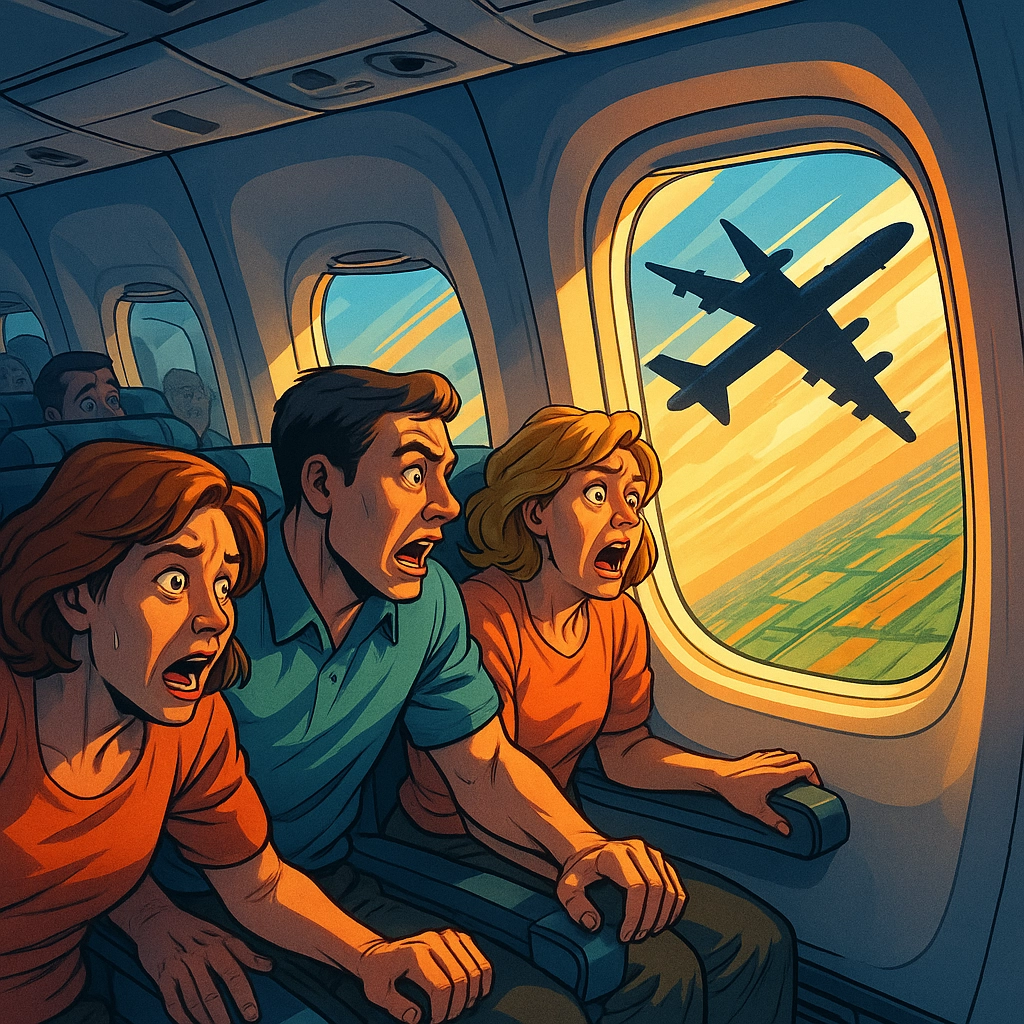
Minot’s Sudden Spotlight: What Really Happened?
Let’s break down the play-by-play. SkyWest Flight 3788, doing its usual Minneapolis-to-Minot hop as a Delta Connection flight, was on a final approach to Minot International Airport around 7:14 pm. Conditions: clear. Passengers: enjoying a typical, maybe boring, flight home.
At the same time, a B-52 “Stratofortress” bomber from nearby Minot Air Force Base was in the air, prepping for a big, pre-approved flyover for the North Dakota State Fair—part community pride, part good old-fashioned show of military power.
Everything should have been smooth, since the flyover was cleared with the FAA and, supposedly, coordinated with local air traffic control. Except…something got crossed. The two planes found themselves on a collision course.
Here's what happened next, from those onboard:
- Passengers recall a sudden, steep right turn, like “a rollercoaster jolt without warning.”
- One person said, “I looked out and saw just grass, like the wing was almost touching it.”
- The flight circled for multiple minutes before returning for a safe landing.
After finally reaching the terminal, the pilot got on the intercom, his voice steady but clearly shaken.
“So sorry about the aggressive maneuver…this is not normal at all. I don’t know why they didn’t give us a heads up, because the Air Force base does have radar…It was not fun, but I do apologize for it and thank you for understanding. Not a fun day at work.”
That recording hit the internet fast, and went viral within hours.
How Do These Things Happen? A Relatable Flight Story
Picture this: you’re traveling solo for work, tired but relieved that you’re almost home. You chat with the grandmother next to you about grandkids (“They’re learning to code now, I can’t keep up!”) and sneak a peek at the rolling farms outside your window.
Suddenly, the plane tilts sharply. Your coffee nearly spills, your seatmate grabs the armrest, and you both stare outside, just in time to glimpse something impossibly large—was that a bomber?—gliding across the horizon. Instantly, questions fill your head: What just happened? Are we safe? Who’s actually steering all this traffic up here?
That’s the weird mix of calm and chaos passengers described after this flight. And afterward, many posted online not in a panic, but with a sort of disbelief: “Did anyone else just almost get run over by a B-52 in Minot?”
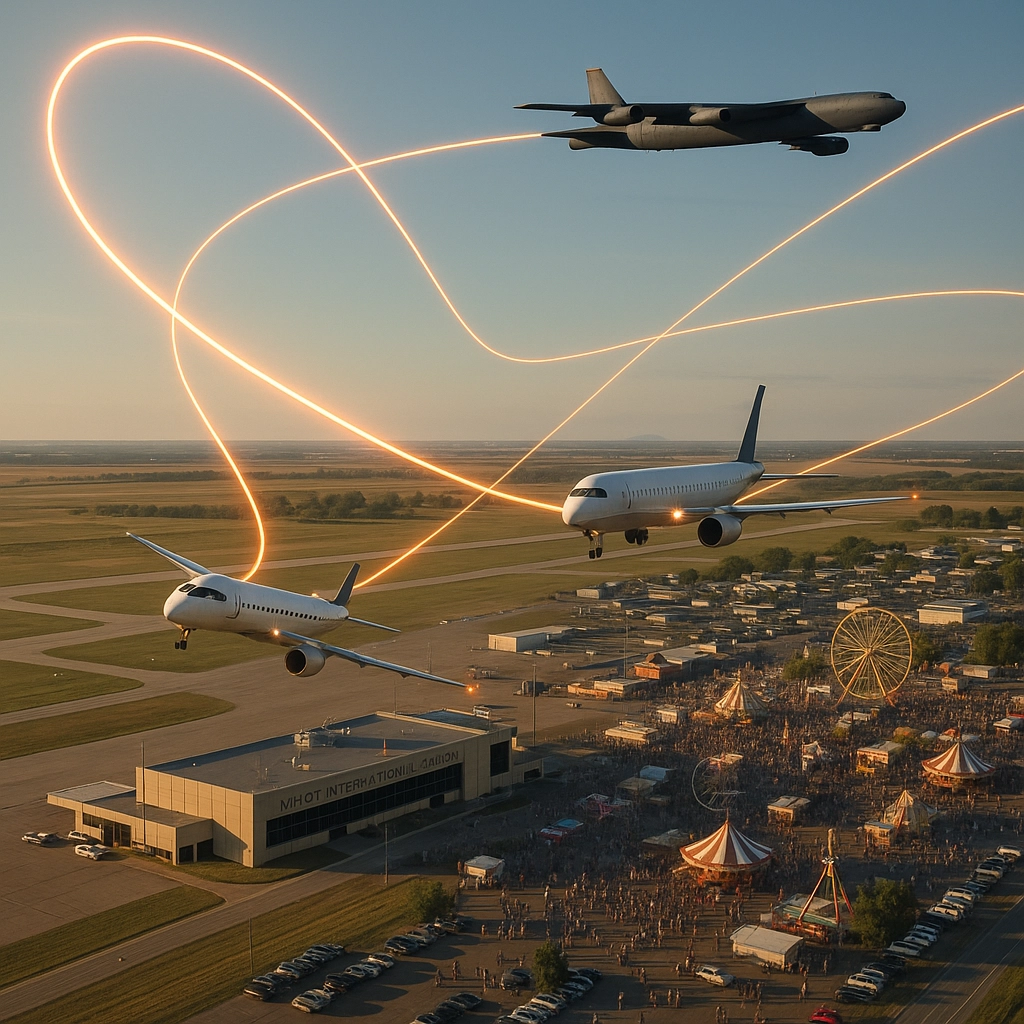
Why the B-52 Was There (and Why This Is So Rare)
The B-52 isn’t just any plane—it’s one of the backbones of the U.S. bomber fleet, nearly as long as the SkyWest jet itself and easily twice the spectacle. On July 18th, this B-52 was flown over the State Fair as part of a friendly salute celebrating Minot as a “Great American Defense Community.”
Routine? Yes—for the military. But mix in commercial passenger traffic, even with FAA sign-off, and the recipe can quickly become dangerous without pinpoint communication.
After the fact, the Air Force acknowledged the flyover and said they were “currently looking into the matter,” but didn’t give many more details. The “how” and the “why” that allowed these two very different aircraft to converge in the same airspace remain key questions.
FAA Investigates: Who’s Making the Rules in Shared Skies?
Three days after the incident, the FAA announced a formal investigation to figure out where the communication failed. SkyWest did their own internal review and emphasized that the flight crew had been cleared for approach—the near-collision only happened because “another aircraft became visible in their flight path.”
Key questions:
- Why didn’t air traffic control or Minot Air Force Base give SkyWest advance warning?
- With all that military radar, why weren’t civilian pilots kept out of harm’s way?
- Are current airspace-sharing protocols between civilian and military flights robust enough?
Even with rigorous planning and official protocols, split-second slipups like this still happen.
Key Takeaways:
- Mid-air “close calls” aren’t common, but they’re not unheard of—especially near busy military airspace.
- Communication between military and civilian air traffic control is good, but sometimes not perfect.
- Pilots are trained to react fast, but their job gets worlds harder when they’re not looped in.
The Internet Reacts: Viral Videos, Memes, and Big Questions
As the news broke and cockpit audios spread, the story shot across major social media and sparked genuine viral debate:
- Was this a one-off, or does it point to bigger holes in our air traffic system?
- Should commercial airlines avoid any flyover zones altogether?
- What’s it like to go right back to work after almost hitting a B-52?
Everyone from retired pilots to everyday flyers weighed in, sharing stats about close calls, advice for nervous travelers, and, of course, a few Air Force memes.
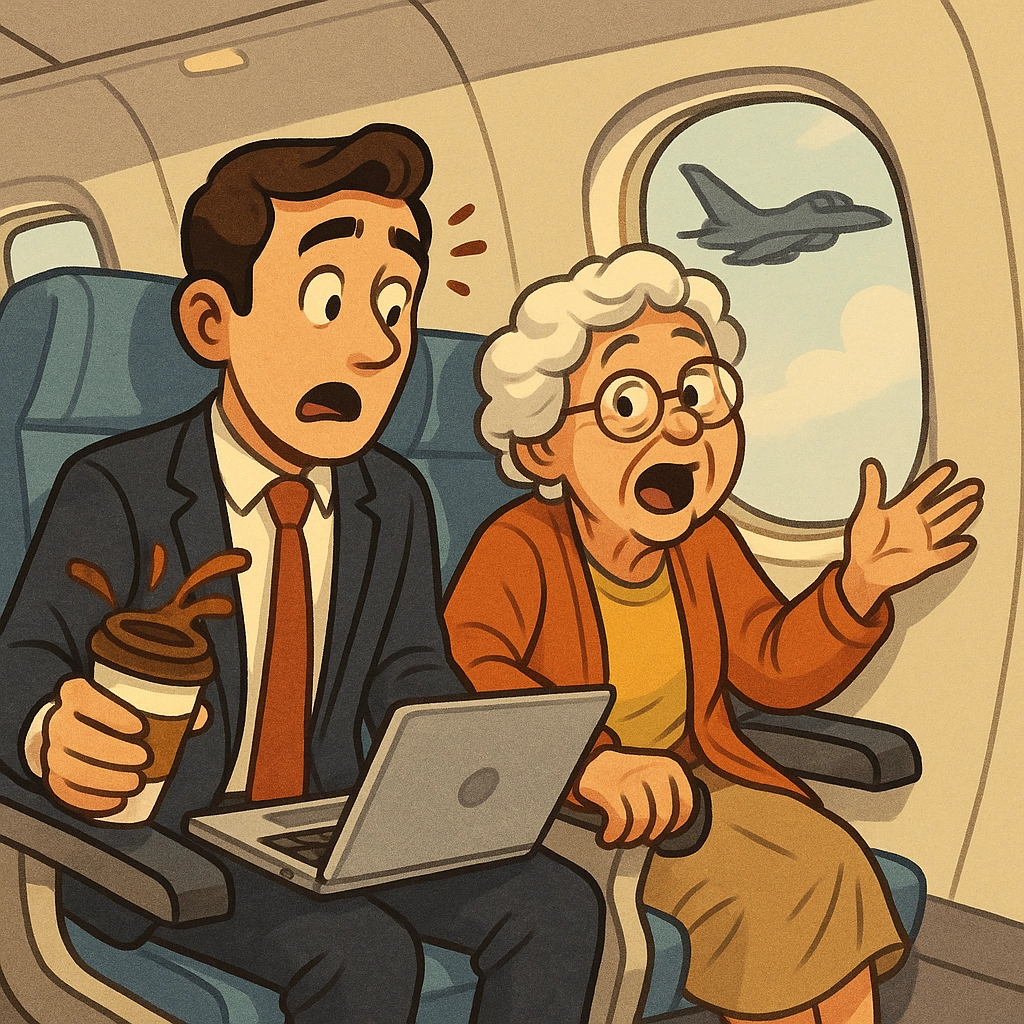
Lessons for Safer Skies: Can Military and Commercial Jets Share Airspace?
When a jumbo bomber and a commercial jet wind up on converging paths, everyone’s nerves spike—even the pros. This incident has made a lot of folks, from armchair pilots to policy-makers, look hard at just how we keep shared airspace safe.
Here’s what experts are buzzing about:
- Better live comms: Make sure military and civilian planes always know each other’s moves—minute by minute.
- Upgraded radar sharing: Leverage military radar to better notify commercial controllers of flyovers.
- Clearer NOTAMs (Notice to Air Missions): Real-time, easily understandable airspace warnings for pilots of both stripes.
- More joint drills: Practice joint airspace management with commercial and military pilots together.
- Public transparency: Quick, clear explanations when close calls happen.
Aviation isn’t getting less complicated—if anything, skies are only busier. With every high-profile incident, calls grow louder for improved safety tech and even more transparent collaboration between agencies.
Let’s Talk: Would You Feel Safe After a Near Miss?
Have you ever experienced a dramatic in-flight moment or near miss? What would you want to hear from your pilot, or the airlines, after something like this? Drop your story or your thoughts in the comments below—especially if you’re the kind of person who now double-checks if their flight path crosses an Air Force base!
